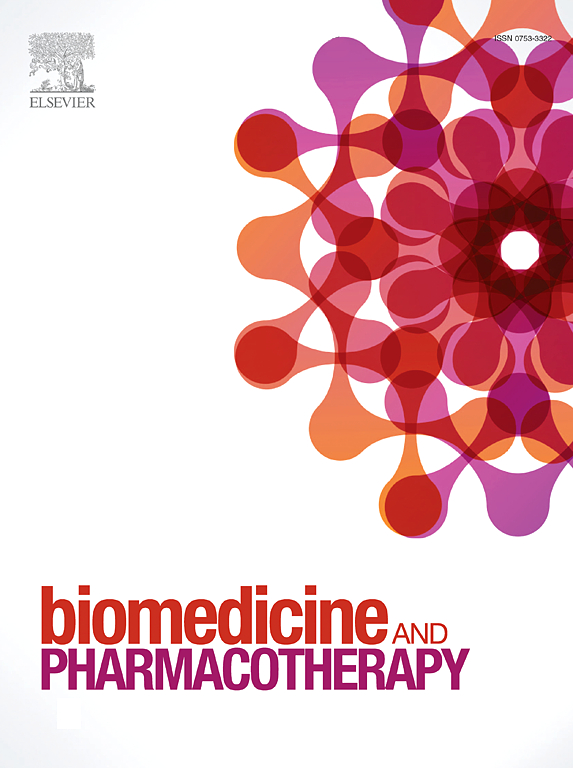钠-葡萄糖共转运体(SGLT2)抑制剂通过 SGLT2 依赖性机制防止血管炎症或脂质过载时脂滴的形成
IF 6.9
2区 医学
Q1 MEDICINE, RESEARCH & EXPERIMENTAL
引用次数: 0
摘要
本文章由计算机程序翻译,如有差异,请以英文原文为准。
Sodium-glucose co-transporters (SGLT2) inhibitors prevent lipid droplets formation in vascular inflammation or lipid overload by SGLT2-independent mechanism
Background
The formation of vascular lipid droplets (LDs) induced by vascular inflammation or lipid overload contributes to vascular pathophysiology in diabetes and cardiometabolic diseases, while sodium-glucose co-transporter 2 inhibitors (SGLT2-I) are beneficial in treating these conditions. Thus, we hypothesized that SGLT2-I would directly modify vascular LDs formation during vascular inflammation or lipid overload, and explored underlying mechanisms.
Methods
LDs formation in isolated murine aorta from wild-type or SGLT2-KO animals was induced by either treatment with tumour necrosis factor (TNF) to induce vascular inflammation or using oleic acid (OA) to mimic lipid overload. Vascular LDs and markers of vascular inflammation were monitored through fluorescence microscopy. Pharmacological inhibitors of sodium-hydrogen exchanger 1 (NHE1), endothelial sodium channels (EnNaC), sodium-calcium exchanger (NCX), protein kinase C (PKC), and NOX1/4 were used to test their role in empagliflozin’s effects on vascular LDs.
Results
Empagliflozin, dapagliflozin or ertugliflozin inhibited LDs formation in aorta exposed to TNF or OA. Empagliflozin reduced vascular inflammation (based on ICAM-1) and TNF/OA-induced LDs formation. These effects persisted in SGLT2-KO mice. Inhibition of NHE1, PKC or NOX1/4 recapitulated empagliflozin’s effects on TNF-induced vascular inflammation, without additional effects of empagliflozin. However, NHE1 inhibition was not involved in the SGLT2-independent reduction of OA-induced LDs formation by empagliflozin.
Conclusions
This is the first report demonstrating that SGLT2-I prevent the formation of LDs in the vasculature. Empagliflozin downregulates LDs formation in vascular inflammation or lipid overload via an SGLT2-independent mechanism. Empagliflozin’s protective effects involve the NHE1/PKC/NOX pathway in the TNF response but not in the OA response.
求助全文
通过发布文献求助,成功后即可免费获取论文全文。
去求助
来源期刊
CiteScore
11.90
自引率
2.70%
发文量
1621
审稿时长
48 days
期刊介绍:
Biomedicine & Pharmacotherapy stands as a multidisciplinary journal, presenting a spectrum of original research reports, reviews, and communications in the realms of clinical and basic medicine, as well as pharmacology. The journal spans various fields, including Cancer, Nutriceutics, Neurodegenerative, Cardiac, and Infectious Diseases.

 求助内容:
求助内容: 应助结果提醒方式:
应助结果提醒方式:


